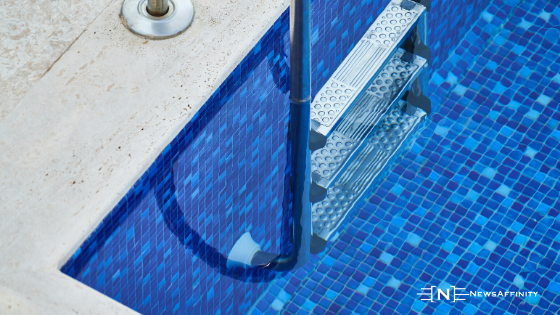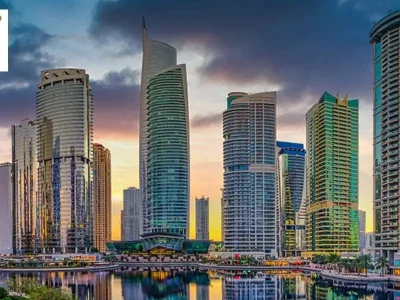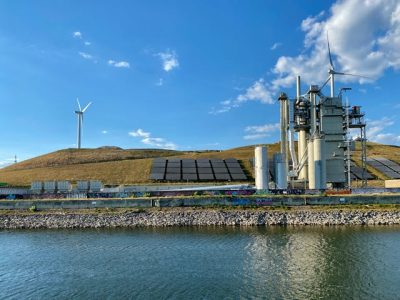Just imagine putting your feet in the pool on winter days, feeling freezing ?? want to start the pool season early or simply prefer warm pool water, you should consider heating the pool.
A warm pool is a great thing. Especially for children, who in our experience are mostly a little more sensitive to cold pool water than adults, the methods presented with which you can heat the pool water are a great thing.
A swimming pool in the garden is simply wonderful. However, the water must not be so cold. This is precisely why we added swimming pool heating to our range.
It takes 8 to 12 hours to raise the overall temperature from 5 to 15 degrees. The sun absorbs approximately 60% energy averaging 4.5 feets depth in pool water. Noontime sun energy absorbs the heats of the pool by 0.7 degrees F per hour.
1: Solar pool heating:
The operation of a solar pool heating system is essentially free of charge. The only costs incurred are the minimally higher operating costs of the pool pump to additionally pump the pool water through the solar modules.
Solar heaters have their own solar collectors that collect the heat energy from the sun and release it to the pool water. We have shaped the 80% rule for solar heating. The rule states that the total area of the solar collectors should cover 80% of the pool area. For pools that are used all year round, you should have an equal or even larger area of solar collectors.
The disadvantages of solar heating are that you need the space for the solar collectors and rely on the sun always shining
In return, solar pool heaters are a very economical solution due to the low manufacturing costs and the virtually free operation.
The exciting thing about solar pool heaters is that you can also use them to cool a pool. Simply let the pool water run through the system at night or at low outside temperatures.
2: Heat pump:
The best types of heat pumps are the so-called air heat pumps. These devices can be installed quickly because they are simply placed on the floor and only connected to the pool via a nozzle.
Air heat pumps draw in the outside air, heat it up and then pass it on to the pool. This type of pool heating is environmentally friendly because no fuels such as oil, wood or coal are used. How environmentally friendly the use depends on the exact electricity mix. A heat pump is quite expensive to buy and ensures warm pool water all year round.
Through air heat draws the pump or swimming pool. As a result, the heater should be operated when the air temperature is at its highest. So set your filter system and pool heating accordingly so that they run during the warm times of the day. In this way, you optimize efficiency and can reduce electricity costs.
3: Pool covers
Swimming pools lose heaT through evaporation. 75% heat loses in evaporation. For this reason, considerable savings can be achieved by keeping the evaporation of the pool water as low as possible.
The pool is completely closed by the cover so that the water cannot escape. You also reduce your need for chemicals because they are also lost through evaporation. There are two main types of pool covers: automatic pool covers and pool covers.
Automatic pool covers are permanently installed devices that can often be extended and retracted using a timer or remote control. Similar to a blind, slats are pushed onto the pool along rails.
More expensive models are often a single plate that is moved by a motor and is usually accessible. In this way, a swimming pool can be wonderfully integrated into even smaller gardens, because the electric motors are powerful enough to move entire furniture sets with loungers or, for example, a beach chair with hammocks.
In addition to the fact that evaporation is close to zero, the automatic covers also protect against insects, wild animals and are the best safety measure so that small children do not accidentally fall into the pool.
Pool covers are a much more cost-effective alternative to automatic solutions. The tarpaulins are mostly made of vinyl film and also prevent evaporation and thus help to reduce heat loss and keep the pool warm longer. However, the safety risk of small children who fall into the pool continues to exist here.

















Comments